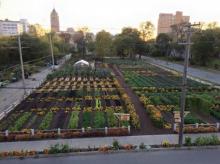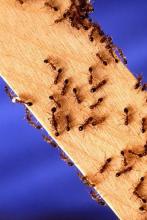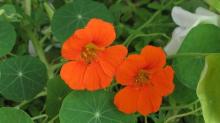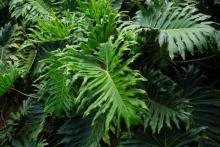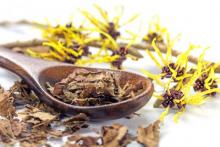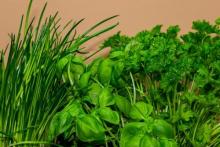Your Guide To Summer Flowers: Geraniums
Geraniums belong to the genus Geranium L. – Geranium P. which contains forty-four species. The plant is native to South Africa and can be found throughout the world in temperate regions and tropical mountains. They grow prolifically in the eastern Mediterranean.


